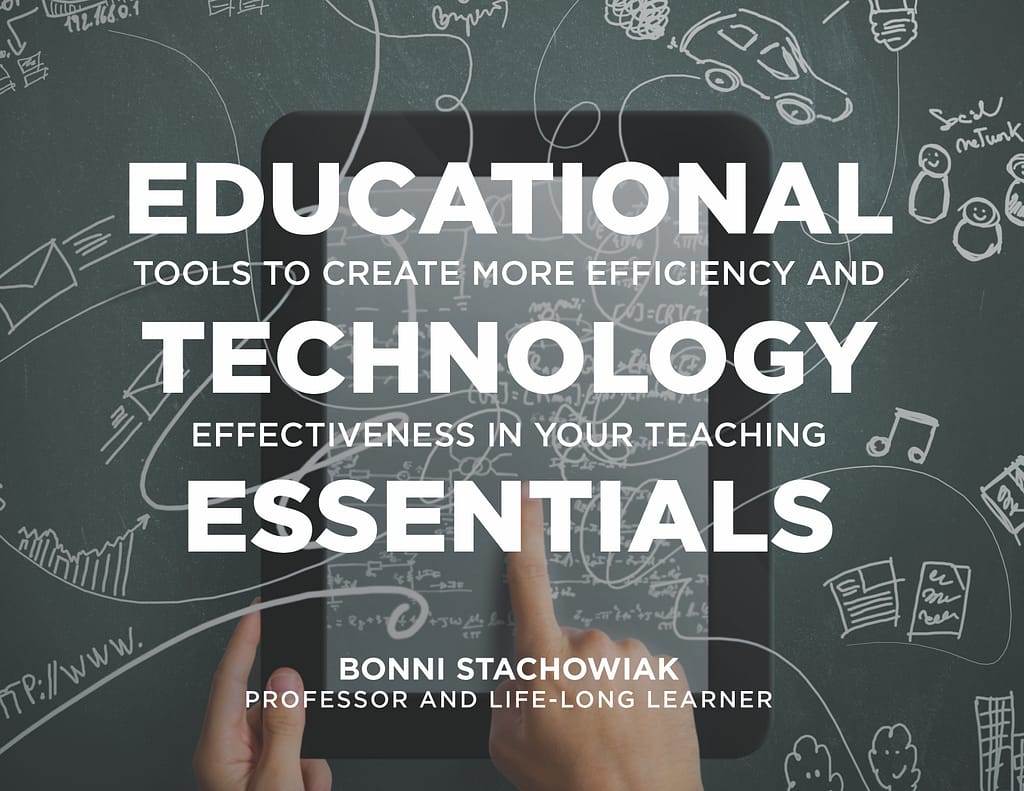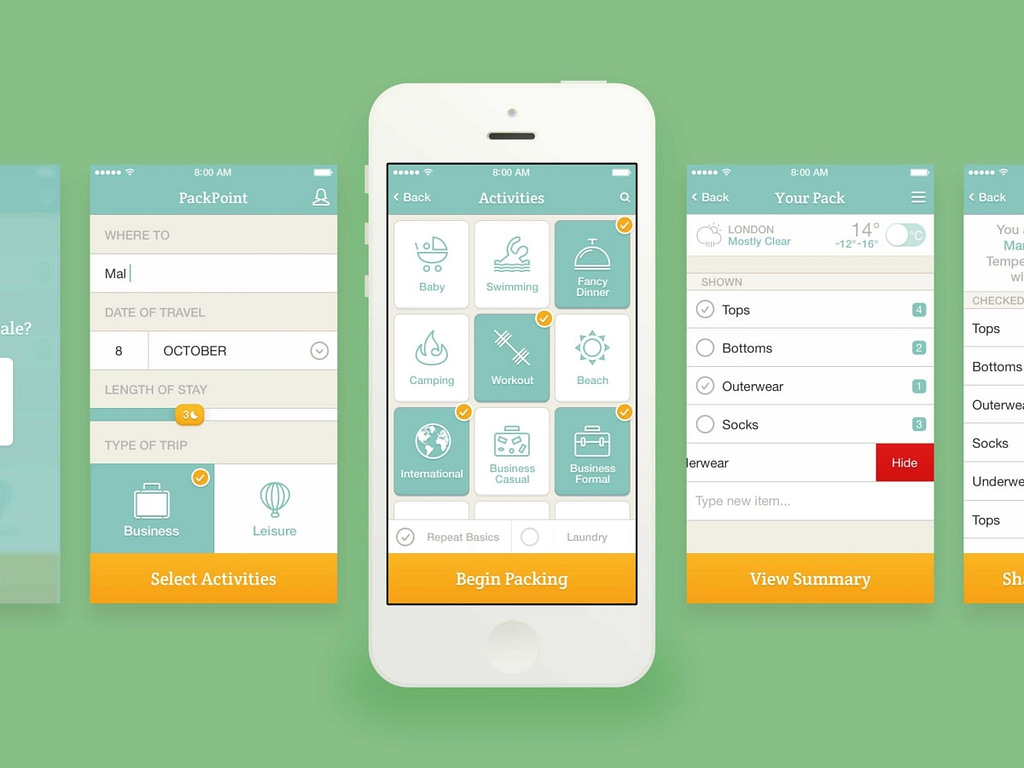
This isn’t my first time to this rodeo (of trying to narrow down my favorite podcasts). I wrote up lists in 2018, 2017, 2014, and also published an article about podcasting in the University of Austin’s Flow Journal.
Each time I start a new, annual list, I avoid looking at the prior year’s lists. I want to avoid being influenced by prior year’s posts and start with fresh eyes. Here are the shows that came to mind for this year’s list, by category.
I still marvel at how amazing it is that we can have all these learning opportunities for free – on our smart devices – wherever we are. If you haven’t ever listened to a podcast, it is easy to do. Once you start, I suspect you won’t ever turn back…
Teaching and Higher Ed
Gettin’ Air with Terry Greene – Terry prepares for each interview with care and asks authentic questions about open education.
Teach Better – Doug and Edward bring on superb guests who help to challenge us to be better at teaching.
The Black Goat – These psychologists help others in their field to navigate higher education. Even though my discipline isn’t in psychology, I learn a lot from every episode.
Leading Lines – “…a podcast on educational technology in higher education” from the expert podcasters at Vanderbilt.
Tea for Teaching – “a series of informal discussions of innovative and effective practices in teaching and learning. Hosted by John and Rebecca, who run the Center for Excellence in Learning and Teaching at the State University of New York at Oswego.”
EdSurge On Air – “A weekly podcast about the future of education, featuring insightful conversations with educators, tech innovators and scholars, hosted by EdSurge's Jeffrey R. Young and Sydney Johnson.”
News and Politics
Amicus, with Dalia Lithwick – smart conversation about the law.
The Gist, with Mike Pesca – Mike cracks me up on a regular basis and challenges my mind.
Skimm This – Concise, engaging overview of what’s happening in the news. Recommended by my students.
Pod Save America – “A no-bullshit conversation about politics hosted by Jon Favreau, Jon Lovett, Dan Pfeiffer and Tommy Vietor that breaks down the week’s news and helps people figure out what matters and how to help.”
Political Gabfest – Emily Bazelon, John Dickerson, and David Plotz discuss the week’s politics in an entertaining and informative way.
The Daily – “Twenty minutes a day, five days a week, hosted by Michael Barbaro and powered by New York Times journalism.”
Pod Save the People – “Organizer and activist DeRay Mckesson explores news, culture, social justice, and politics through deep conversations with influencers and experts, and the weekly news with fellow activists Brittany Packnett and Sam Sinyangwe, and writer Clint Smith.”
On the Media – “WNYC’s weekly investigation into how the media shapes our worldview.”
Technology and Science
Automators – “Automation makes your life easier and everyone can do it. We tell you how.” (Mac-centric, though also covers web services that enable automation).
Mac Power Users – “L earn about getting the most from your Apple technology with focused topics and workflow guests. Creating Mac Power Users, one geek at a time since 2009.”
Reply All – “A podcast about the internet’ that is actually an unfailingly original exploration of modern life and how to survive it.” – The Guardian
Radio Lab – “Radiolab, with Jad Abumrad and Robert Krulwich, is a radio show and podcast weaving stories and science into sound and music-rich documentaries.”
Parsing Science – “The unpublished stories behind the world’s most compelling science, as told by the researchers themselves.”
Mind-expanding Shows
Hidden Brain – “Hidden Brain Shankar Vedantam uses science and storytelling to reveal the unconscious patterns that drive human behavior, shape our choices and direct our relationships.” (Thanks for recommending it such a long time ago, Isabeau Iqbal.
Armchair Expert – “celebrates the messiness of being human.” Hosted by Dax Shepard. Recommended by John Warner on Teaching in Higher Ed episode 233 (he warned us, though…).
This American Life – “This American Life is a weekly public radio program and podcast. Each week we choose a theme and put together different kinds of stories on that theme.” (One of the all-time greatest!)
On Being – “A Peabody Award-winning public radio show and podcast. What does it mean to be human? How do we want to live? And who will we be to each other? Each week a new discovery about the immensity of our lives. Hosted by Krista Tippett.”
Code Switch – “Code Switch is a race and culture outlet and a weekly podcast from American public radio network NPR.” Recommended by Rob Parke on Teaching in Higher Ed episode 126.
Business, Marketing, and Economics
Planet Money – “The economy explained. Imagine you could call up a friend and say, “Meet me at the bar and tell me what's going on with the economy.” Now imagine that's actually a fun evening.”
Marketplace – “…helmed by Kai Ryssdal, examines what the day in money delivered, through stories, conversations, newsworthy numbers and more. ”
Akimbo – “A Podcast from Seth Godin. Akimbo is an ancient word, from the bend in the river or the bend in an archer's bow. … Akimbo's a podcast about our culture and about how we can change it. About seeing what's happening and choosing to do something.”
Coaching for Leaders – “Leaders Aren't Born, They're Made. It's a myth that leadership skills can't be learned. Almost nobody is a born leader. Most leaders I know learned how to lead through the school of hard knocks, good training, years of hard work, effective coaching, and great mentors.” (Hosted by this guy I know – who I happen to be married to – Dave Stachowiak.)
Work and Life
Radical Self Trust Podcast Channel from Katie Linder – “The Radical Self-Trust (RST) podcast channel is a collection of content dedicated to helping you seek self-knowledge, nurture your superpowers, playfully experiment, live your core values with intention, practice loving kindness toward yourself and others, and settle into your life's purpose.”
Women at Work – Produced by Harvard Business Review. It was on hiatus for a while – and is now back. Excellent interviews to helps us all fulfill our potential with excellence and joy!
Worklife, with Adam Grant – “Organizational psychologist Adam Grant takes you inside the minds of some of the world’s most unusual professionals to explore the science of making work not suck. From learning how to love criticism to harnessing the power of frustration, one thing’s for sure: You’ll never see your job the same way again.”
GTD – “Our GTD podcasts are here to support you at every stage of your GTD practice. … The podcasts include personal and professional stories, as well as practical tips about GTD systems for desktop and mobile, using apps and paper. Start listening now and you'll be well on your way to stress-free productivity.”
Focused – Great productivity show, hosted by David Sparks and Mike Schmitz.
The Productivity Show – The team from Asian Efficiency helps us up our game on this practical podcast.
Look and Sound of Leadership with Tom Henshel – Tom is a former actor turned executive coach – and he gives us superb advice on how to be better leaders in this concise and thoughtful podcast.
Your Turn
What are your favorite podcasts lately and what makes them so good?




